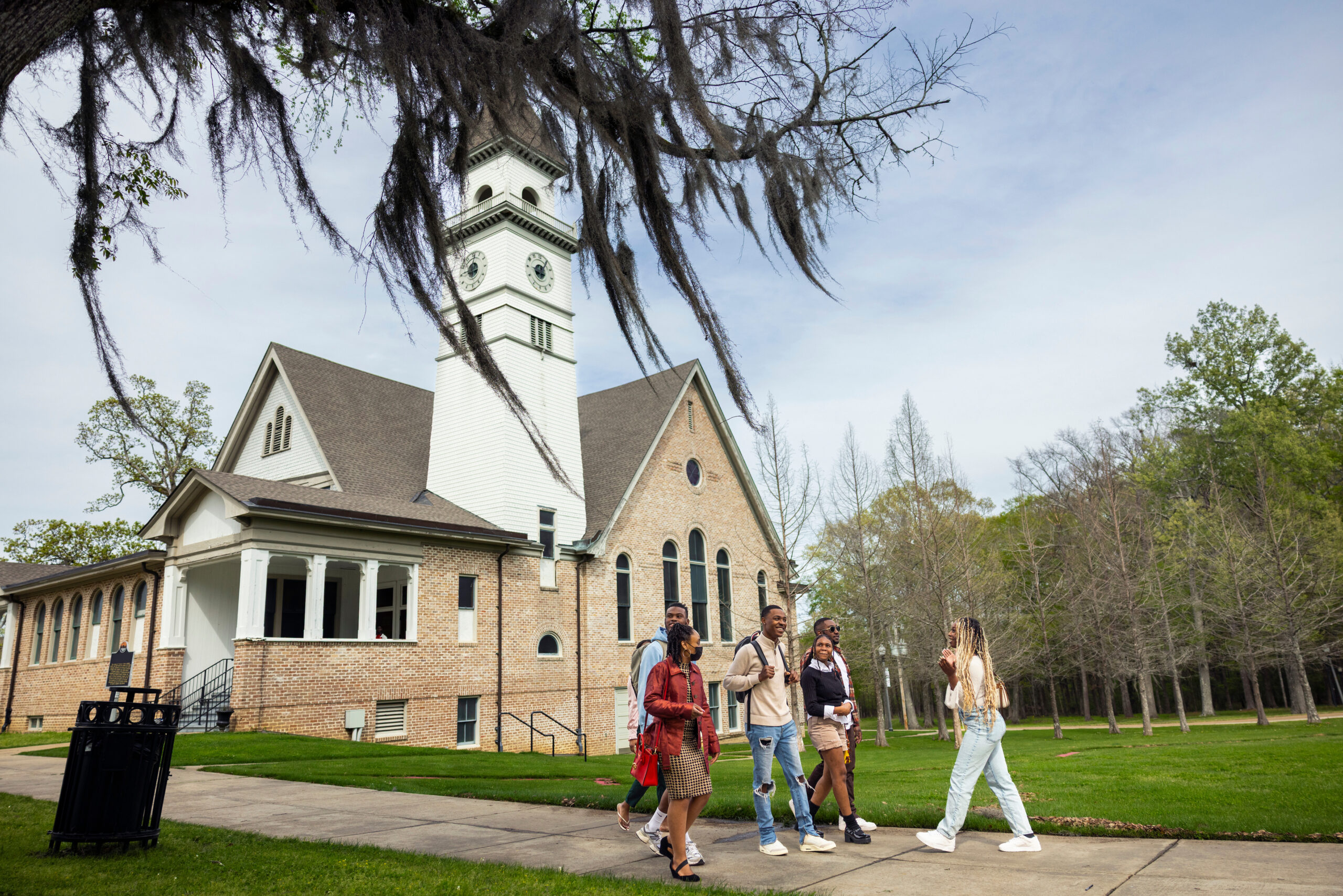Direct Admissions Expands College Opportunity in California. Three Lessons from California State University’s Pilot
Published Sep 04, 2025
On September 1, California became one of the first states to ban the use of legacy preferences in admissions decisions for both public and private colleges. While legacy preferences have been prohibited since 1998 at the University of California (UC) and California State University (CSU), the state’s largest public university systems, this new law extends the ban statewide to include all private, nonprofit colleges and universities.
When the measure was signed into law, California Assemblymember Phil Ting emphasized, “if we value diversity in higher education, we must level the playing field. That means making the college application process more fair and equitable.” Building on that momentum, state and institutional leaders are piloting innovative strategies to open college doors more widely, especially for students who have been historically excluded from higher education. Direct admissions is one of the most promising strategies.
The CSU system, one of the nation’s largest and most diverse public higher education systems, recently joined the direct admissions movement. A pilot program with one county in the state suggests that direct admissions increases application and commitment rates.
Direct admissions programs have gained momentum in recent years among states and institutions seeking to simplify the college-going process and reduce systemic barriers. By sending letters of admission eligibility to students who meet certain criteria like academic performance and coursework, without first requiring them to apply, these programs can lessen the complexity of the traditional admissions process which often involves navigating confusing application requirements and multiple deadlines. In doing so, direct admissions can also help reduce the financial cost and emotional stress typically associated with applying to college. And the benefits are clear: research suggests direct admissions increases application rates, particularly for Black, Latinx, and Asian students, first-generation students, and students from low-income backgrounds.
In fall 2024, CSU launched a pilot program in partnership with the Riverside County Office of Education. High school seniors who completed required college preparatory coursework received mailed letters of guaranteed admission to one of 10 participating CSU campuses before they applied. These students were given a fee waiver and invited to complete an application.
Preliminary data shared with IHEP by CSU suggests the pilot has been effective. CSU has seen an increase in the number of students from Riverside County who applied as first-time freshman (15 percent), were admitted (9 percent), and committed (43 percent) compared with Fall 2024 numbers. Final enrollment data on the pilot’s outcomes are expected to be released later this year.
To learn about the pilot’s early impact, IHEP spoke with April Grommo, Assistant Vice Chancellor for Strategic Enrollment Management, and Ginger Reyes, Systemwide Director of Admissions and Outreach, at the CSU Office of the Chancellor. Three lessons emerged from CSU’s direct admissions pilot program:
1) Robust, aligned data systems make direct admissions possible
The California Cradle to Career Data System (C2C) is a statewide initiative that connects data across K–12, higher education, social services, and workforce systems. One of the tools supported by C2C is the official college and career planning tool called CaliforniaColleges.edu which is administered by the California College Guidance Initiative (CCGI). This tool made this pilot feasible. By streamlining access to students’ education records, the tool allowed CSU and Riverside County, an early adopter of these data systems, to identify eligible students.
Grommo shared that data integration “laid the foundation” for the pilot’s success and that timely, accurate, and accessible data, “eased the administrative burden of identifying eligible students and allowed us to focus on meaningful outreach.” These connections helped CSU facilitate direct admissions more efficiently.
2) Center students and families in outreach
CSU’s outreach strategy was intentional and student centered. To ensure information reached students and their families, CSU mailed admissions letters rather than sending them via email. And two versions were sent: one to students immediately eligible for admission and one to students nearly eligible, encouraging them to complete required coursework. In total, 17,428 letters were mailed to Riverside County seniors.
But CSU didn’t stop at mailers. Recognizing that underserved students often lack resources to travel for campus visits, the system, in partnership with the county, hosted Discover CSU days—in-person events that bring campuses to students. “It was something we hadn’t heard any other direct admissions program do,” said Grommo. Students met representatives from multiple CSU campuses to learn about program offerings.
They also engaged with CSU alumni, including a former Riverside County student. “He shared what it was like to leave home and how it helped him grow as an individual,” said Reyes. The event was successful, with students committing on the spot to attend a CSU institution.
3) Partnerships are key
Grommo emphasized the importance of strong partnerships. “Find a willing partner. You can’t force somebody to try something they aren’t ready for,” she said. From verifying data accuracy to covering student transportation costs for Discover CSU events, Riverside County’s commitment was critical to the pilot program’s success.
Partnerships between K-12 systems, higher education, and state data agencies enabled coordinated efforts to open new paths to postsecondary education for students who might otherwise be excluded.
Looking ahead: Expanding access to postsecondary opportunity
CSU is now exploring ways to scale the program to additional counties and potentially community colleges. State leaders are also considering legislation that would require all CSU campuses to participate.
CSU’s direct admissions pilot is poised to increase applications, admissions, and commitments, and—perhaps most importantly—help more students see themselves as college-ready. As California ends legacy admissions for private institutions and enters a new era of college access, programs like CSU’s direct admissions pilot offer a powerful example for colleges throughout the state of how data-informed and student-centered admissions can work in practice.


